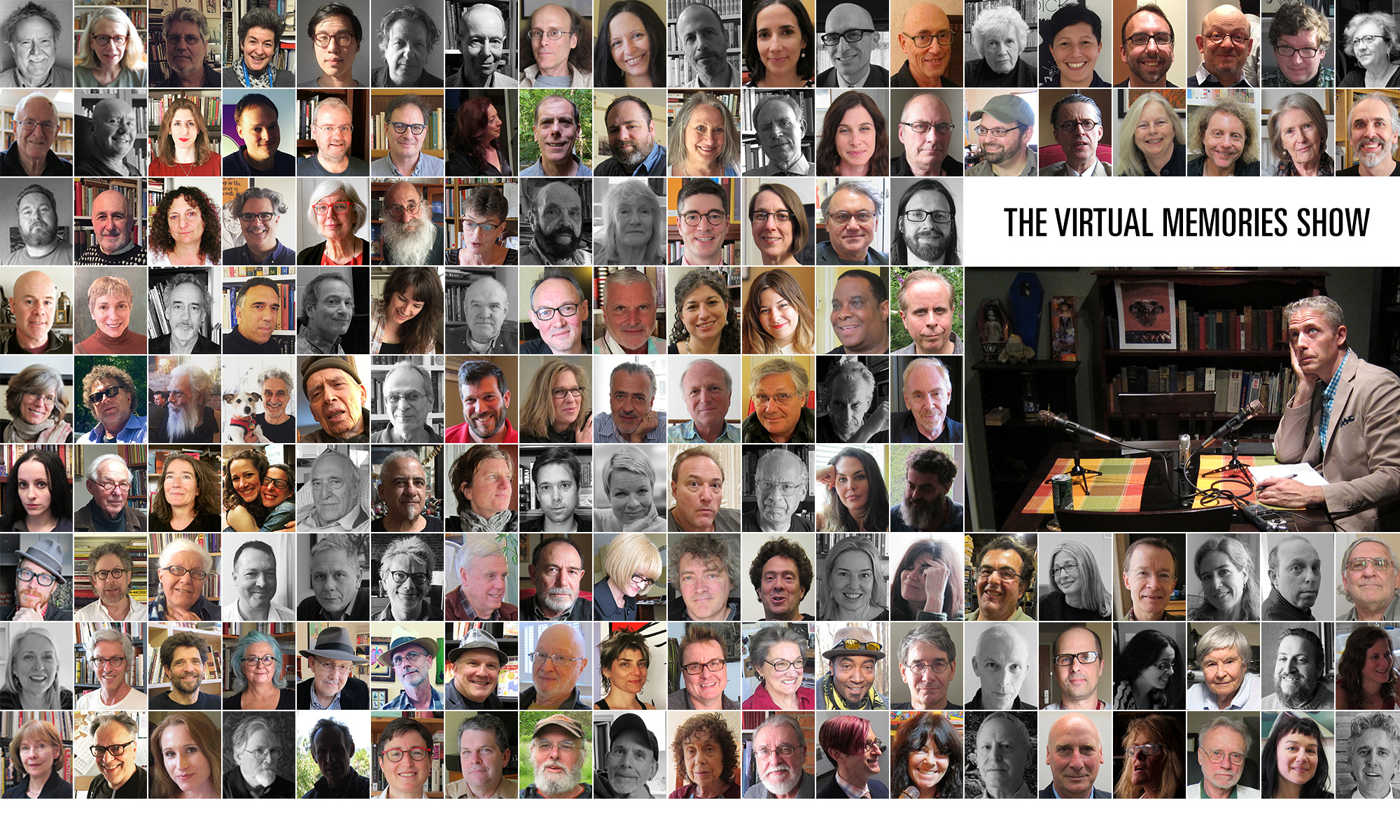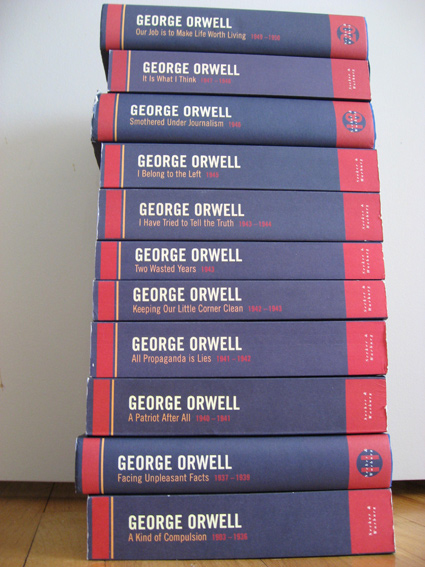This week’s essay was Of Cannibals, which raised all sorts of expectations. Unfortunately, Montaigne’s depictions of man-eating tribes in Brazil (or ‘Antarctic France’) were pretty much in the “noble savage” mode. On the plus side, he never went into a rant about how Europe needs to bring them religion. If anything, he seemed pretty envious of the stories he heard about life among the Indians.
In fact, even their cannibalism was just part of their warrior culture. As soon as they found that the Portuguese had a more sadistic way of killing their enemies, he tells us, the natives started abandoning their cannibalism:
They saw the Portuguese, who had joined forces with their adversaries, inflict a different kind of death on them when they took them prisoner, which was to bury them up to the waist, shoot the rest of their body full of arrows, and afterward hang them. They thought that these people from the other world, being men who had sown the knowledge of many vices among their neighbors and were much greater masters than themselves in every sort of wickedness, did not adopt this sort of vengeance without some reason, and that it must be more painful than their own; so they began to give up their old method and to follow this one.
He immediately follows with this caveat:
I am not sorry that we notice the barbarous horror of such acts [the cannibalism], but I am heartily sorry that, judging their faults rightly, we should be so blind to our own.
Which is to say, he doesn’t consider the Indian form of cannibalism — treating prisoners hospitably for a few months before killing them, roasting them, eating them and “send[ing] some pieces to their absent friends” — as bad as European practices of torturing people to death.
This actually heads ’round to the point that Montaigne makes at the beginning of this essay, and throughout a number of essays: that we’re really not in a position to judge anything:
I think there is nothing barbarous and savage in that nation, from what I have been told, except that each man calls barbarism whatever is not in his own practice; for indeed it seems we have no other test of truth and reason than the example and pattern of the opinions and customs of the country we live in. There is always the perfect religion, the perfect government, the perfect and accomplished manners in all things.
Instead, he figures, the “natural way” of life is better, less corrupted by our laws. Unfortunately, I had enough of this during my undergrad years at Hampshire to take it very seriously. Or, as M. puts it:
All this is not too bad — but what’s the use? They don’t wear breeches.


